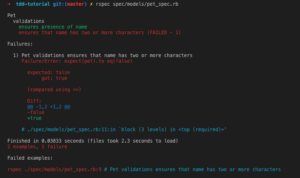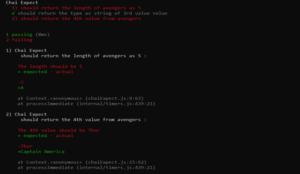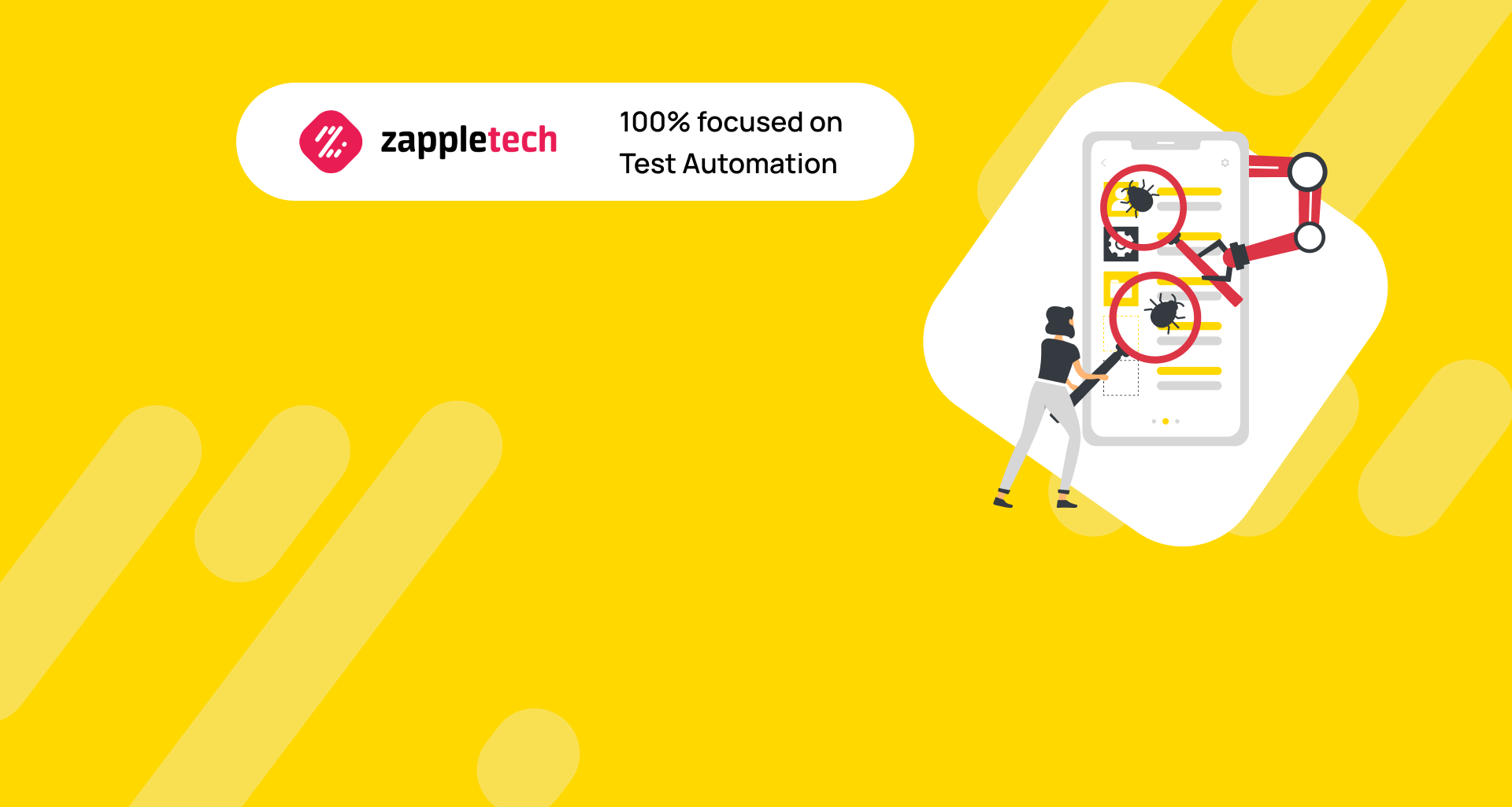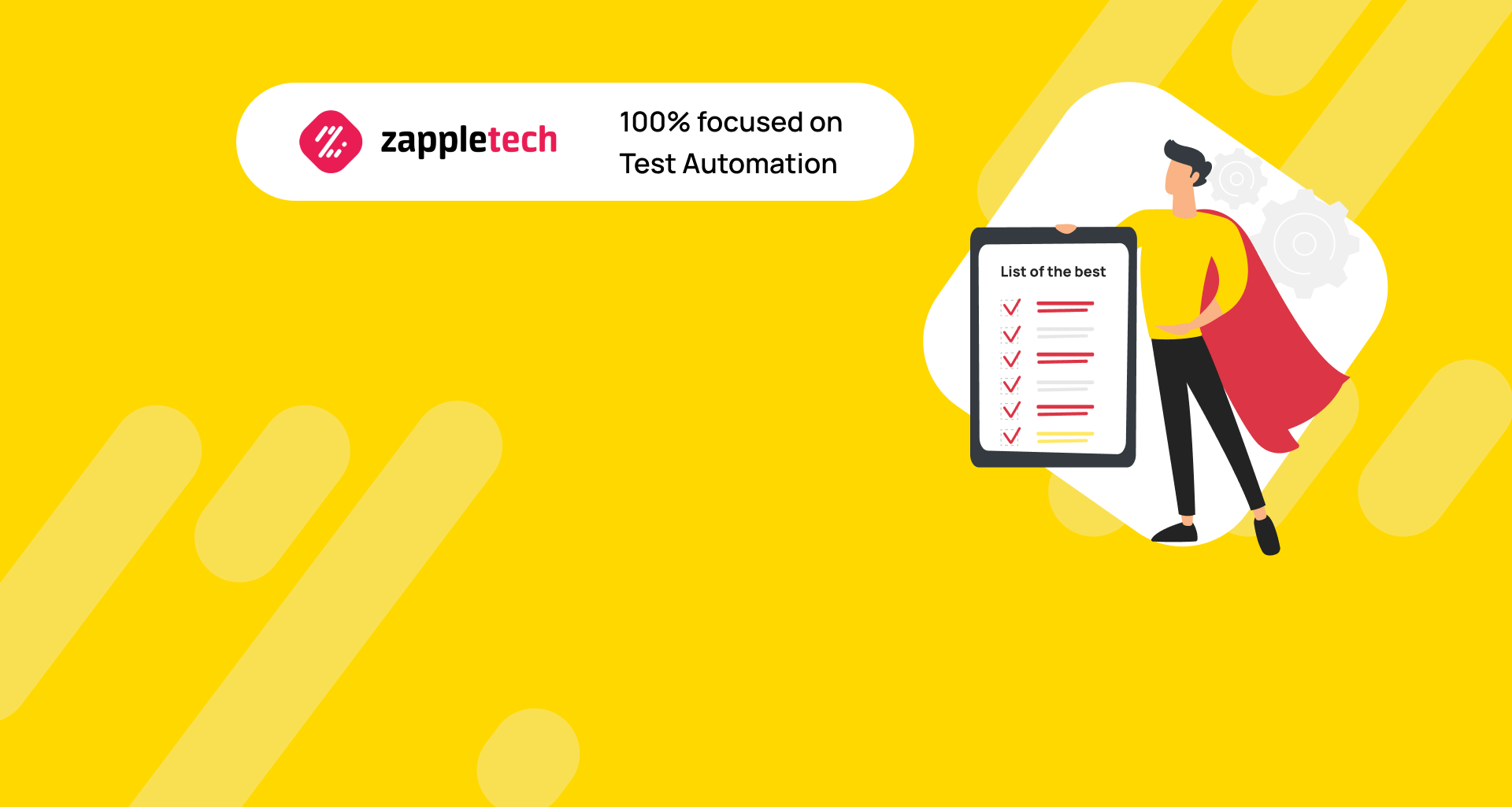Test-driven development (TDD) is an approach to software development that emphasizes writing test cases before writing the actual code. This practice helps ensure that the code meets the desired requirements from the outset. When developers first ask, “what is test driven development” or “what is TDD,” the core principle to understand is that it involves creating test cases for each function before any implementation begins. This approach guides developers to produce cleaner, simpler, and more efficient code by allowing them to focus on small, manageable parts of the application at a time.
One of the key benefits of TDD is its ability to reduce the likelihood of introducing bugs and complex code that may lead to future issues. By writing tests first, developers can quickly identify errors and ensure that new code integrates well with existing functionality. This process not only results in a robust codebase but also facilitates easier maintenance and refactoring since the tests provide a safety net that validates changes.
Begin with the simplest test case and gradually add complexity. This approach helps ensure that your code remains manageable and each function works as intended before moving on to more complex scenarios.Mykhailo PoliarushCEO, ZappleTech Inc.
Tests play a crucial role in providing management with assurance that the software solution works as intended. TDD fosters a culture of continuous improvement and adaptation, making it an essential practice for teams aiming to remain resilient to change. In this article, we will delve deeper into what is TDD in software development, explore how it differs from traditional automation testing, and highlight the tools that can help implement TDD effectively in your project.
Table of Contents
What is test-driven development?
Test-Driven Development (TDD) is a software development methodology that emphasizes writing tests before writing the actual code. It is based on repetitive, short development cycles that help developers ensure the correctness of their code from the outset. The TDD process begins with the creation of a test that defines the desired behavior of a feature or function. This initial step answers the question, “what is test driven development?” by setting the stage for a code-first approach where tests guide the development process.
Once the test is defined, the next step involves writing the minimal amount of code necessary to make the test pass. This phase is crucial in understanding “what is tdd” as it emphasizes simplicity and focus, allowing developers to work towards a specific goal. After the code successfully passes the test, developers then move on to refactoring. Refactoring is the process of cleaning up and optimizing the existing code without altering its external behavior, ensuring the code remains efficient and maintainable.
By consistently writing tests before coding, developers using TDD can quickly identify and resolve errors, leading to more reliable and bug-free software. The methodology also encourages better design and clarity in the codebase, as it requires developers to think critically about the requirements and expected outcomes before implementation. As a result, TDD fosters a robust development environment where code quality is continuously improved through iterative testing and refactoring.
TDD vs traditional development
Test-driven development (TDD) and traditional development represent two distinct methodologies in software development. Traditional software development typically follows a linear approach: it starts with the design phase, moves on to implementation, and concludes with testing. This process, while straightforward, can sometimes lead to issues being discovered late in the development cycle, making them more costly and time-consuming to fix.
On the other hand, test-driven development (TDD) is an iterative and incremental approach that begins with writing test cases before any code is written. This method focuses on defining the desired functionality through tests, which then guide the development process. In TDD, code is written in small, manageable increments, with each increment validated against the pre-written tests to ensure correctness. This cycle of writing a test, developing the code to pass the test, and then refactoring is repeated until the software is complete.
The core difference between TDD and traditional development lies in when testing occurs. In traditional development, testing is often a final step, while in TDD, it is the foundation of the entire process. By starting with the tests, TDD helps developers stay focused on the requirements and ensures that the code meets the specified behavior from the outset. This can result in more reliable, maintainable, and bug-free software.
TDD development cycle
Test-driven development methodology is based on the organization of automated testing of the app by writing unit, integration, and functional tests defining the requirements to the code before writing it.
First, the test for checking the work of the future code is written. Then the developer writes the code performing the actions described in the test. Once the test is passed, the developer refactors it, if necessary. The refactoring is handled under the control of passing the test which is simpler and more reliable.

- Creating the tests
To ensure the functionality of a software application, developers must create precise unit tests before the application is created so that the tests can verify that the functionality of the application works as expected. Developers should write tests to ensure that the code they create will meet their desired requirements. This ensures that the code is testable and that it can be easily changed later on. - Correcting the code
When a test fails and developers are trying to figure out what went wrong, they need to make the minimal changes required to correct the code so that it can run successfully when re-executed. These changes are generally quick and easy to make and can be done without breaking the current requirements. - Code refactoring
Refactoring is a software development technique that can help improve the quality of a software program by changing its internal structure without changing its external behavior. It is used to ensure that the code is clean, crisp and doesn’t have any problems. It is also used to find any redundancies or potential code optimizations.
Benefits of TDD
TDD method is a more balanced approach for software development that revolves around three main activities: coding, testing, and designing. Done correctly, The goal of a developer in TDD is to help you avoid the trap of chasing an optimal solution and instead helps you build a piece of software that is good enough to test. Here we will consider the main benefits of the TDD approach.
1. Better code quality
Test-driven development (TDD) is a software development approach where developers write tests before writing the actual code. By focusing on creating tests first, developers can define the desired functionality and ensure that the code meets these expectations from the outset. This process helps in anticipating errors and potential issues early, allowing for more efficient debugging and a smoother development workflow. As the tests are created with the specific goal of catching possible mistakes, the resulting code tends to be of higher quality and less prone to bugs. This approach aligns well with the concept of “what is test-driven development” and “what is TDD,” as it promotes a disciplined, test-first methodology that enhances overall code quality.
One of the significant benefits of TDD is the production of cleaner, more maintainable code. By writing tests first, developers can avoid unnecessary code that doesn’t serve a specific purpose, reducing the risk of unused code breaking the application. This practice leads to a more cohesive and streamlined codebase with a clear design and structure. Moreover, TDD allows developers to make changes to the codebase with greater confidence, as the existing tests serve as a safety net that minimizes the risk of introducing new bugs. This results in faster and safer iterations, contributing to better code quality and a more robust final product.
2. Detailed documentation
Test-driven development (TDD) is a software development approach that emphasizes writing tests before writing the actual code. In TDD, developers first write tests for a small unit of functionality and then develop code that passes these tests. This process ensures that the code is always tested and functions as expected from the start. Detailed documentation is crucial in TDD because it not only outlines the test cases but also records every step involved in testing the requirements.
Writing comprehensive specifications in TDD helps developers and testers understand the exact process used to validate each requirement. This detailed documentation serves as a guide, making it easier for anyone involved in the project to follow the steps and ensure consistency in testing. It is especially valuable when team members need to understand the expected user actions or when new developers join the project. Proper documentation in TDD includes the specifics of what is being tested, the inputs used, expected outputs, and any edge cases that need to be considered.
Having this level of detail helps programmers know exactly how the software should behave under various conditions, thereby reducing the likelihood of errors. It also provides a clear reference for maintenance and future enhancements. In essence, TDD documentation goes beyond the test cases themselves by encompassing the rationale behind the tests, the user actions, and the intended outcomes, which collectively ensure a robust and reliable development process.
3. Saving the time
Programmers who don’t use TDD often find themselves spending significant time manually testing and debugging their code. Test-driven development (TDD) is a software development approach where developers write tests before writing the actual code. This process helps identify issues early, saving time and effort in the long run. When a test fails, it immediately signals that something isn’t right, allowing developers to address the issue promptly. This quick feedback loop is one of the core benefits of TDD, as it helps maintain code quality and stability throughout the development process.
Implementing TDD significantly reduces the number of bugs and errors in the code. According to a study published by IEEE Software, test-driven development can reduce bugs by 40-80%. This reduction not only improves software quality but also decreases the amount of time developers spend on fixing bugs and maintaining the codebase. By using TDD, teams can save time on testing and debugging, ultimately leading to more efficient and reliable software development.
Understanding what is test driven development and how it benefits the software development process is crucial for modern programmers. The TDD approach encourages writing clean, well-organized code, which is easier to maintain and extend. Moreover, the discipline of writing tests first ensures that every aspect of the code is tested, helping to catch potential issues early and saving time in the long run. For those wondering what is tdd, it’s a methodology that emphasizes writing tests before coding, resulting in fewer bugs, higher code quality, and significant time savings during the development cycle.
TDD encourages continuous improvement of the code. After passing tests, always refactor to improve code quality without altering its functionality. This keeps your code clean and efficient.Mikhail BodnarchukCDO, ZappleTech Inc.
4. Reliability
Test-driven development (TDD) is a software development process where developers write tests before writing the actual code. This approach ensures that every piece of code is tested immediately after it is written, which helps to identify bugs early in the development cycle. By focusing on what is test driven development, developers aim to write small test cases that define the desired functionality before implementing the code.
When asking “what is TDD” or “what is test driven development,” it’s important to understand its impact on code reliability. If a developer is not testing their code, they may not be aware of the potential bugs that could be introduced. This lack of testing can make it difficult for developers to predict the behavior of the code, especially as it evolves. With TDD, developers write tests that cover various scenarios, ensuring that any changes do not break existing functionality. This approach gives both the developer and the customer confidence in the system’s reliability, as the code is constantly validated against the tests.
5. Cost-effectiveness
TDD implementation will help you to get rid of the bugs in the software, and it will decrease the time needed for a project:
- The code of good quality is easier to maintain and extend
- The application is stable and reliable
- You will already have extensive documentation and will not need to write it separately
As soon as the project is completed, you can use the software in a live environment and your software will encounter fewer bugs and be more stable. With a reduced budget requirement and a smaller time frame, the cost of your project will obviously decrease.
Tools for TDD
There are many tools designed for handling the Test-Driven Development (TDD) process in software development. Test-Driven Development (TDD) is a software development methodology where tests are written before the code itself. This approach helps ensure that the code meets the desired requirements from the very start, leading to cleaner, more reliable software. If you’re wondering “what is TDD,” it’s essentially a cycle of writing a test, writing the code to pass the test, and then refactoring the code while keeping the tests green.
JUnit

JUnit is an open-source unit testing framework for the Java programming language that plays a crucial role in test-driven development (TDD). TDD is a software development process where tests are written before the code itself, ensuring that the code meets the specified requirements from the very beginning. By adopting TDD, developers can identify issues early, improve code quality, and create more reliable and maintainable software. Understanding what test-driven development is can significantly impact the way teams approach coding, as it emphasizes writing tests for every feature before the actual implementation.
JUnit is a highly flexible framework that can be used with the most complex Java development projects. It supports a range of features that enhance productivity and speed, making it a valuable tool for both beginners who are just starting to learn about coding and experienced programmers who have the time and resources to experiment with new techniques. Despite its focus on Java, JUnit is often considered an IDE due to its intuitive interface and support for various programming languages, although it primarily serves as a testing framework rather than a full-fledged development environment. It includes a built-in TSLint feature to help ensure the stability of the program code, further supporting the principles of what TDD is by promoting rigorous testing and adherence to coding standards.
Rspec

Rspec is an open-source testing tool widely used for testing Ruby on Rails applications. It is written in Ruby and stands out as the most frequently used testing library for Ruby in production environments. Rspec is a powerful testing tool that supports the Test Driven Development (TDD) approach, which emphasizes writing tests before writing the actual code. This method helps ensure that the code meets the requirements from the start, reduces bugs, and improves overall code quality.
Test Driven Development (TDD) is a software development methodology where developers write tests for a feature before implementing the feature itself. This process involves creating small, incremental tests and then developing just enough code to pass those tests. Rspec is well-suited for TDD because of its user-friendly syntax and the way it promotes writing readable and maintainable tests. If you’re wondering “what is test driven development” or “what is TDD,” it’s essentially about focusing on testing first, which in turn drives the development process.
csUnit

CsUnit is a unit testing tool designed specifically for .NET developers who are engaged in test-driven development (TDD). Test-driven development is a software development methodology where developers write tests before writing the actual code. This approach ensures that the code meets the required functionality from the outset, making it easier to identify bugs early in the development process. If you’re wondering, “what is TDD?”—it’s a process that emphasizes writing tests first, then developing the code to pass those tests, and finally refactoring the code for optimization while keeping the tests intact.
CsUnit integrates seamlessly with Visual Studio as an add-in, providing developers with a convenient environment to write, run, and analyze unit tests. While many developers use the xUnit family of frameworks for unit testing, these frameworks often come with licensing fees and are not open-source, which can be a barrier for some projects. To address this gap, the csUnit team developed a free and open-source alternative specifically for the .NET Framework.
Chai

Chai is a small TDD (Test-Driven Development) assertion library for Node.js and the browser. It provides a user-friendly API for making assertions in JavaScript tests, which can be seamlessly integrated with any JavaScript testing framework, such as Mocha, QUnit, or any other framework that supports running tests with callbacks. But what is Test-Driven Development? Test-Driven Development (TDD) is a software development approach where tests are written before the actual code. This method ensures that the code is thoroughly tested from the outset, helping developers identify and fix issues early in the development process.
Chai is designed to complement the TDD process by being easy to use and compatible with other testing frameworks, making it a popular choice for developers who follow TDD practices. Its API is not only simple and flexible but also easy to configure, run, and extend, making it ideal for various testing needs. Chai also integrates smoothly with other assertion libraries, enhancing its versatility in testing environments. Some of its newer features include support for callbacks in tests, an updated assertion syntax, and the ability to chain assertions, providing developers with more expressive and powerful ways to write their tests. Whether you’re exploring “what is TDD” or “what is test-driven development,” Chai offers the tools to make the testing phase more efficient and effective, aligning with best practices in modern software development.
Pytest-play

Pytest is a Python library that lets you test your code using TDD practices. It allows you to write and run tests in Python. It works just like any other Python library: you install it through your package manager, and then you can import it into your code. Tests are written in Python too, so you’ll have code testing other code.
There are a number of great features in Pytest. One of the most important ones is the ability to write tests in either Python unit test format, or the more flexible xUnit format. You also have the ability to write tests in multiple languages, including Python, C, JavaScript, and Ruby. Pytest supports all Python libraries, including CPython, IronPython, Jython, PyPy, and PyPy3.
Conclusion
We hope you enjoyed our blog post about what is test driven development (TDD). TDD is a software development approach where tests are written before the code itself, guiding the development process and ensuring that every feature meets its intended functionality right from the start. This methodology helps developers focus on the requirements and design of the application, leading to a cleaner and more manageable codebase.
By implementing TDD, you not only achieve a clean and simple codebase that is easier to work with, but you also reduce the likelihood of defects and improve overall code quality. Additionally, TDD fosters a more collaborative environment as it encourages developers to think from a user’s perspective, making it clear what the code should do even before writing it.
TDD can be especially beneficial in complex projects where maintaining control over the codebase is crucial. It supports refactoring and continuous integration, allowing teams to adapt quickly to changes and deliver reliable software. As you explore what is TDD, remember that it’s not just about writing tests—it’s about driving the development process through testing to achieve robust and well-designed software.
We hope you’ll try TDD in your projects and see how it can transform your development process. If you have any questions or need guidance on what is test driven development, don’t hesitate to reach out. We’re here to support you on your TDD journey and help you unlock its full potential in your software development practices!






